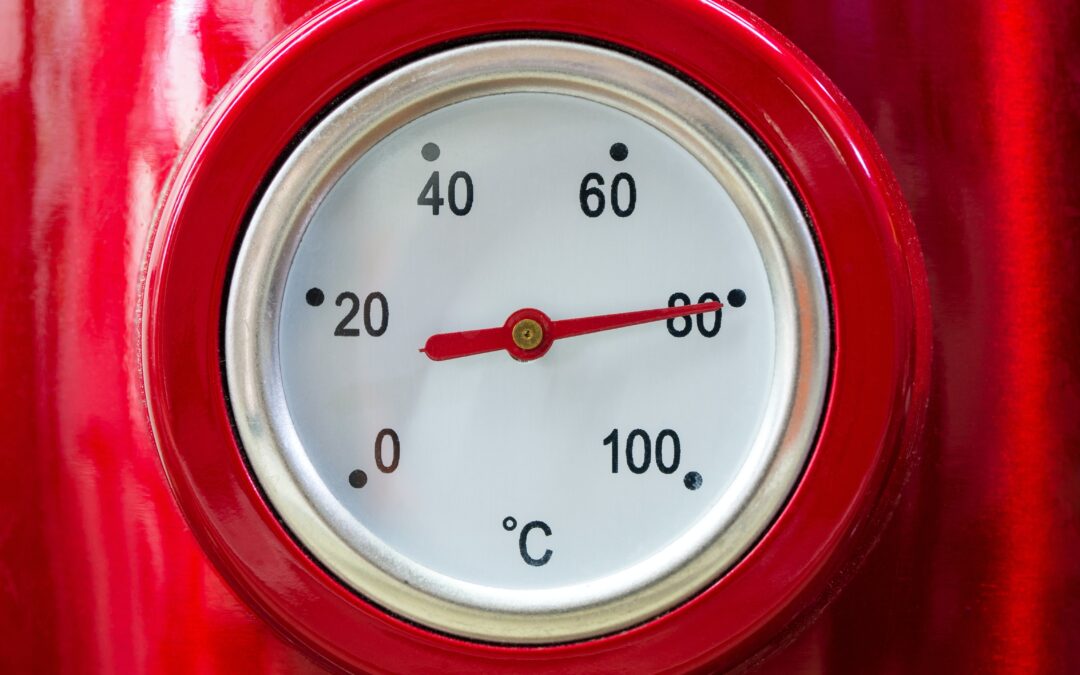With the help of a tankless water heater, water is instantly heated. When a hot water faucet is opened, cold water enters the appliance and passes through a heat exchanger, where it is heated by an electric element. Tankless water heaters thus provide a steady flow of hot water. There is no need to wait for a storage tank to have enough hot water in it. The output of a tankless water heater, however, restricts the flow rate. They can be cost-effective since they don’t produce the standby energy losses that storage water heaters do. In this post, you’ll find some basic details on how they operate and whether opting for a tankless water heater makes sense for you.
Pros
Saves space– Since tank water heaters can take up a lot of space, you need to have enough room for installation. However, modern water heaters are so compact that installing a tankless unit only requires a space of fewer than 3 feet. Tankless water heaters can be put on a wall or under a sink since they don’t occupy much space.
A large supply of hot water– Each tankless water heater has a limited flow rate, which means that it can only heat a specific volume of water at once. Most tankless heaters can’t keep up if there are 5 showers going at once. However, tankless water heaters offer an infinite supply of hot water as long as your water usage at any given time is below the maximum permitted flow rate. You could take a shower for 10 hours (or longer) and the water would be as hot as it would be for a 10-minute shower since tankless water heaters operate by heating water from an external source on-demand.
Leakage and water damage risks are reduced– The major concern associated with tank-style heaters is the accumulation of minerals from hard water inside the tank over time, which can cause corrosion and eventually leaks. There is zero chance of leaks or flooding with tankless water heaters because there is no tank. This does not imply that problems cannot occur with tankless water heaters. They will inevitably encounter issues that could lead to leaks, but the likelihood of one that floods your entire basement and causes substantial damage is remote.
No risk of tank exploding– The valve may become clogged with minerals and silt from the water over time, rendering it ineffective. When this occurs, a risky amount of pressure may accumulate and endanger you. Experts advise monitoring the valve at least once a year if you have a tank-style water heater. Explosions are a severe concern with tank-style water heaters, notwithstanding the rarity of such events. Fortunately, there is never a chance of an explosion happening because tankless heaters don’t have a tank. One less thing to worry about.
More than 20 years of use– Tank-style water heaters typically last 8 to 12 years, whereas tankless water heaters typically last more than 20 years. A tankless water heater will prevent you from needing a replacement for a very long time if you already live in your “forever home” or intend to stay there for some time.
Cons
Higher Upfront Cost- The higher cost of installation is mostly to blame for tankless water heaters’ higher prices. Frequently, new vent pipes and/or specialized wiring must be installed in order to accommodate the higher load. Tank-style heaters are also easier to install and cost less to do so because they have been around longer and are more common. In addition, tankless water heaters may need to work harder and eventually fail if they are exposed to hard water (water with significant mineral content). Some manufacturers forbid the warranty from being honored unless you also install a water softening system because of this risk. The cost of installing this extra component goes up overall.
Usage of additional Equipment– Typically, a tankless heater needs a water softener to function correctly. It goes without saying that this additional gear raises the unit’s original cost. A softener will also counteract the benefit of reducing space because the large softening will take up space next to the wall-mounted heater in addition to the required salt bags. Actually, this device might occupy more space than a conventional water heater. However, some tankless heaters, like the Zanskar HotSpring series, are designed to handle hard water inflow, making them the ideal water heater for regions with hard water supply.
Cold Water Sandwich– The phrase “cold water sandwich” has probably come up while researching tankless water heaters. You experience a cold-water sandwich when you use hot water intermittently and feel a hot surge at first, then chilly water that quickly turns hot again. The pipes still contain hot water from only seconds ago when you swiftly turn the hot water on and off, as you would when hand-washing dishes. There is a brief period of cold water before it turns hot because of the tiny delay between when the water first starts to flow and when the heater turns on. The feeling of a cold-water sandwich isn’t a big deal, but if you’re not used to it, it may be uncomfortable.
Final thoughts
Compared to conventional water heaters with tanks, tankless water heaters have a number of benefits. They are small and compact, never leak, don’t add hazardous metals to your water, save energy (and help you save money), and give unlimited hot water.
Auditing your situation is the best method to determine whether a tankless water heater is appropriate for you. Here are some questions to consider:
· Do you have RS 15,000 to spend on an appliance that won’t pay for itself for a number of years?
· Do you want to live in your home for a considerable amount of time (10+ years) or is it brand-new construction?
· Do you frequently run out of hot water after taking numerous consecutive showers?· Could you benefit from extra space in your basement (who wouldn’t)?

